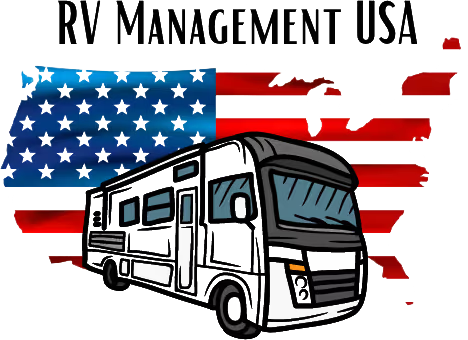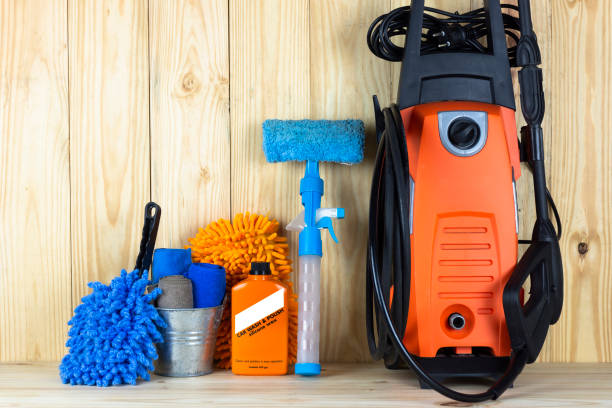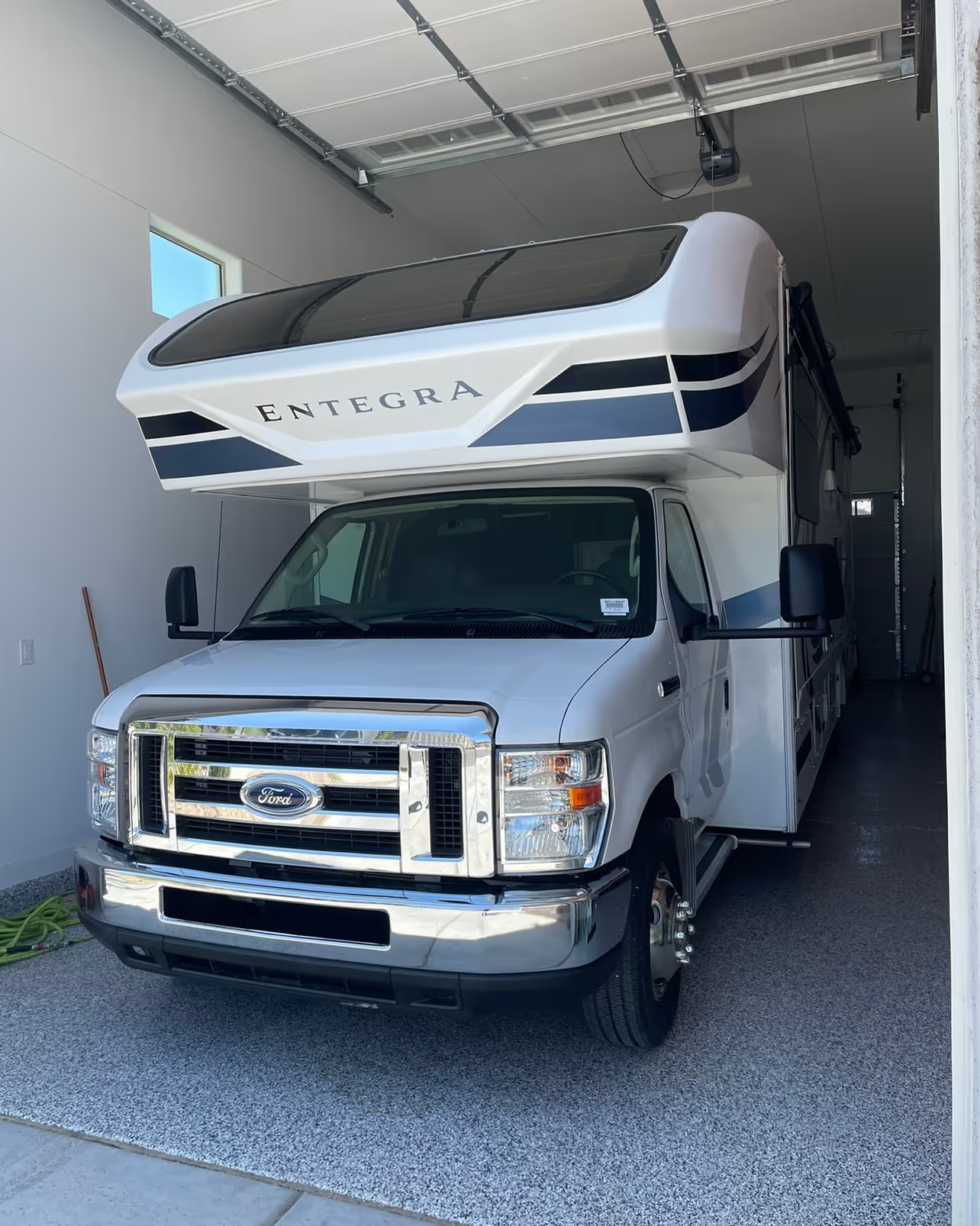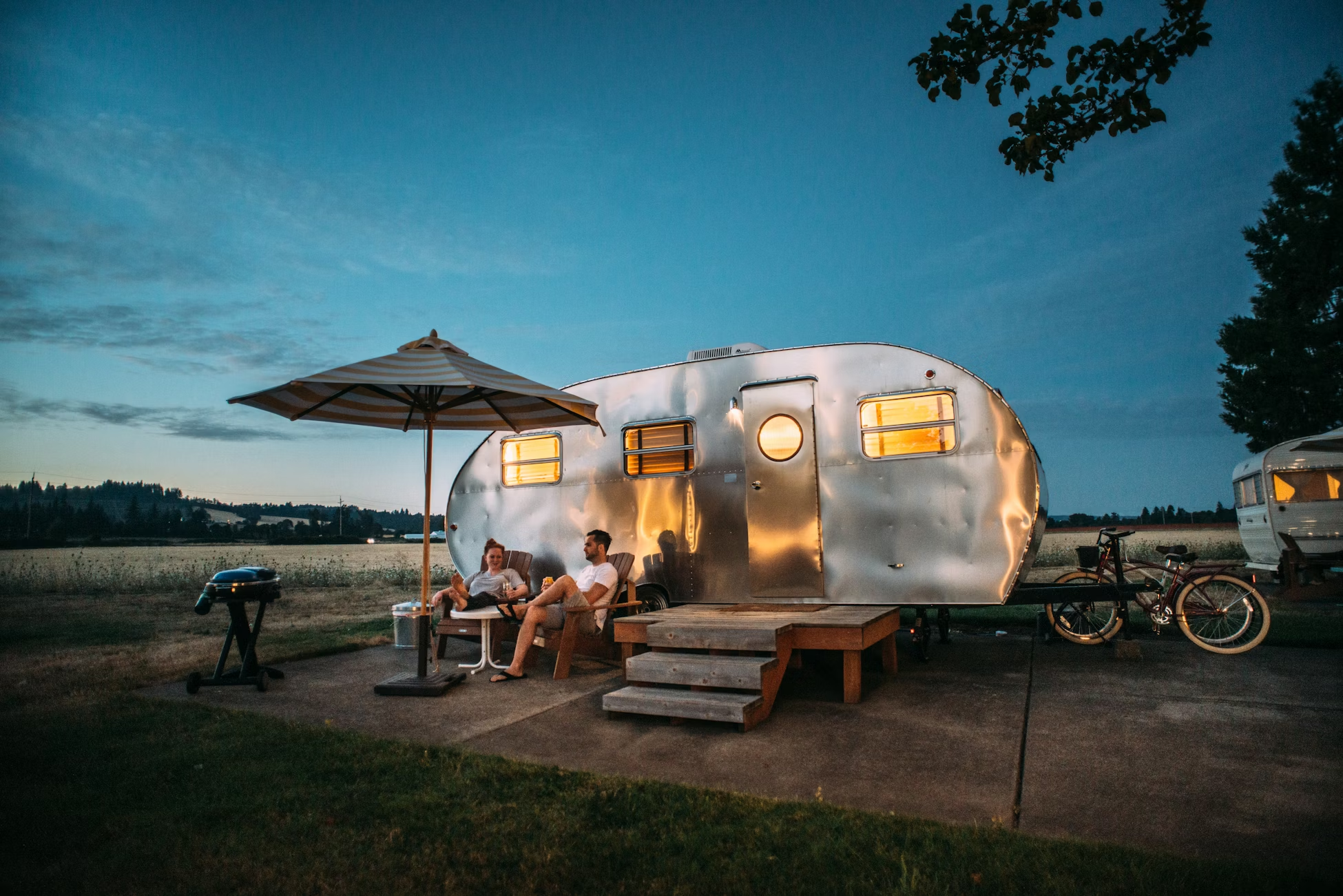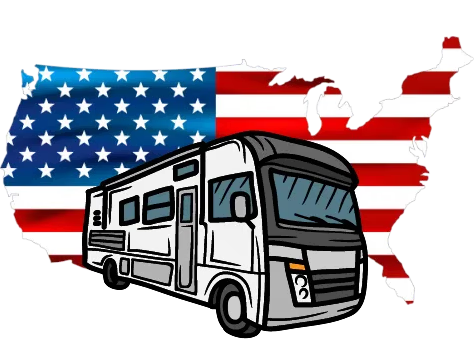There’s nothing quite like the freedom of the open road… until something breaks halfway through your trip.
We’ve all been there. You’re parked at a gorgeous campsite, the kids are roasting marshmallows—and then the water pump quits. Or the AC won’t turn on. Or you notice a soft spot under the bathroom floor.
Most of these issues? They don’t happen all at once. They build up slowly—because of skipped checks, missed inspections, or just not knowing what to look for.
The good news? You don’t need to be a mechanic to take great care of your RV. You just need a clear plan, a consistent schedule, and a little bit of elbow grease.
In this post, we’ll walk you through a simple but thorough routine maintenance checklist, broken down by how often you should tackle each task. Whether you own a travel trailer, fifth wheel, or motorhome, this guide will help you stay ahead of problems—so you can stay focused on the fun.
Table of Contents
- Why Routine RV Maintenance Matters
- Pre-Trip Basics: What to Check Before Every Drive
- Monthly Maintenance: Simple Tasks That Prevent Big Issues
- Seasonal Checkups: What to Inspect Every 3–6 Months
- Annual RV Maintenance: The Deep Dive
- Special Tips for Motorhomes vs Towables
- Tools Every RV Owner Should Keep On Hand
- Common Problems You Can Prevent with Routine Care
- When to Call a Pro (And When You Can DIY)
- Conclusion: Take Care of Your RV—and It’ll Take Care of You
1. Why Routine RV Maintenance Matters
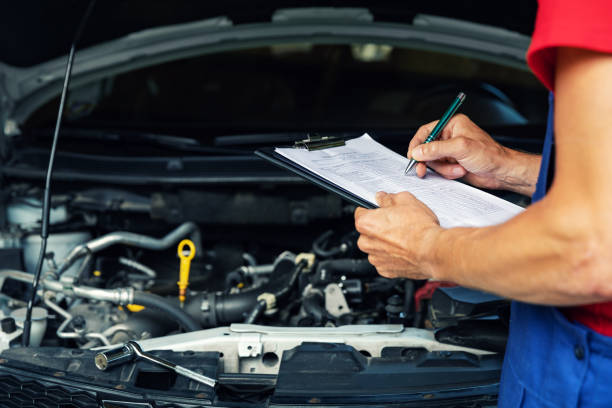
Here’s the deal: RVs are more than vehicles. They’re homes on wheels. And like any home—or vehicle—they need regular attention.
But unlike a house or car, an RV blends plumbing, electrical, HVAC, appliances, and structural elements into one rolling package. That means small issues can multiply quickly if they’re ignored.
Routine maintenance helps you:
- Avoid surprise breakdowns on the road
- Save thousands in long-term repair costs
- Preserve resale (or rental) value
- Keep trips stress-free and fun
And perhaps most importantly—it helps you get to know your RV better. Because the more you understand how it works, the less intimidating it feels to own one.
2. Pre-Trip Basics: What to Check Before Every Drive
Before you hit the road—even for a weekend trip—run through these quick checks:
- Tire pressure and condition
- Lights and signals (brake, turn, clearance)
- Battery voltage and water level (if applicable)
- Fluid levels (engine oil, transmission, coolant, etc. for motorhomes)
- LP gas system: make sure nothing smells off
- Hitch or tow gear: inspect for cracks or wear
- Slide-outs: extend and retract fully before departure
- Roof vents and seals: check for signs of cracking or water intrusion
Doing this can save your trip—literally. A blown tire or leaking seal is a lot easier to fix before you're on the highway.
3. Monthly Maintenance: Simple Tasks That Prevent Big Issues

These don’t take long—but they go a long way in keeping your rig in top shape:
- Test smoke/CO detectors and fire extinguisher
- Cycle your appliances (fridge, furnace, water heater)
- Flush your tanks—especially gray and black
- Inspect seals around doors and windows
- Run your generator for at least 30 minutes under load
This monthly rhythm is key to keeping your systems working and catching problems early.
4. Seasonal Checkups: What to Inspect Every 3–6 Months
Every few months, take a little deeper look under the hood (and roof, and chassis).
- Inspect the roof for cracking or soft spots
- Check your battery terminals for corrosion
- Lubricate hinges, jacks, and slide mechanisms
- Tighten lug nuts and check torque specs
- Test the awning, entry steps, and stabilizers
- Inspect your water lines for leaks or wear
If you rent your RV out often or use it frequently, increase this cadence—you’ll thank yourself.
5. Annual RV Maintenance: The Deep Dive
Once a year (ideally in the off-season or early spring), block off a day to do a full inspection and maintenance session.
This includes:
- Roof reseal (or at least patching and inspection)
- Brake system check and bearing repack (towables)
- Full HVAC system service (clean filters, flush drains)
- Flush and sanitize fresh water system
- Inspect all safety systems (propane lines, regulators, extinguishers)
- Appliance inspection—especially for any gas-powered units
- Check for rust or underbody wear
Annual maintenance is like your RV’s physical. It’s your chance to catch silent issues before they become expensive problems.
6. Special Tips for Motorhomes vs Towables
Motorhomes (Class A, B, C):
- Check engine belts and hoses
- Change oil and filters per manufacturer guidelines
- Service transmission and coolant systems
- Keep batteries fully charged and terminals clean
Towables (travel trailers, fifth wheels):
- Grease wheel bearings
- Inspect brake assemblies
- Check all hitch components for stress or cracks
- Store with tires off the ground (if possible) or rotated regularly
The needs are different—but both types benefit from routine attention.
7. Tools Every RV Owner Should Keep On Hand

You don’t need a full workshop—but having a few basics makes life easier:
- Tire pressure gauge and inflator
- Multimeter (for electrical checks)
- Flashlight and headlamp
- Caulk and sealant (Dicor for roofs, silicone for windows)
- Basic tool kit: screwdrivers, wrenches, pliers
- Water pressure regulator and filter
- Leveling blocks and wheel chocks
- Spare fuses, bulbs, and hose washers
These tools make it easier to fix problems when they’re small—and avoid the “trip-ruining” ones altogether.
8. Common RV Problems You Can Prevent with Routine Care
Here are a few real-world issues we’ve seen—and how basic maintenance could have prevented them:
- $1,200 roof leak repair → missed annual reseal
- Tire blowout on I-70 → low pressure and aged tires
- Black tank backup → skipped flushes and full-tank sensors
- Slide motor failure → no lubrication for 18 months
- Dead battery mid-trip → poor off-season storage prep
Most of these weren’t mechanical failures—they were preventable oversights.
9. When to Call a Pro (And When You Can DIY)
You don’t have to do it all yourself.
Call a pro when:
- You see signs of water damage
- Electrical issues go beyond fuses or batteries
- Your propane system needs testing or repair
- Slide-outs grind, skip, or fail to seal
But don’t be afraid to DIY simple tasks. Maintenance builds confidence. It makes your RV feel less like a mystery box—and more like a trusted partner.
10. Conclusion: Take Care of Your RV—and It’ll Take Care of You
At RV Management USA, our rental managers take care of your investment while your RV is in our program. Give us a shout today to learn more about how you can keep your RV in top shape while also making monthly passive income.
So whether you’re new to RV ownership or just getting more serious about upkeep, start small, stay consistent, and make routine maintenance part of your travel rhythm.
Your future self—and your future vacations—will thank you.
— The RVM Team
